The Christmas in Mexico
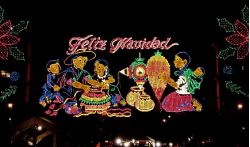
What the Christmas means for us, the Slavs? It’s like to spend a day of the 7th of January in the church or at home and to get rare congratulations. And what is the Christmas here in Mexico? It is a celebration of the people, a holiday of every person living in this country. Even unbelievers (and here they are rare) prepare for the holiday in advance – for a whole month! Mexicans think carefully about what dishes to prepare for the Christmas table, how to decorate their home to everyone who came to visit admire the beauty of decorations, how to dress themselves, to not be ashamed later looking a Christmas photo; what gifts to buy to everyone like.
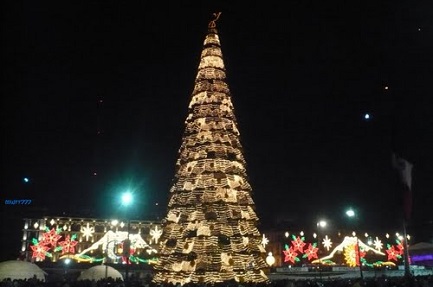
A bringing near of Christmas is felt in Mexico from December 16, on this day the series of events start, which are called Posada that means "refuge" or "shelter". Those will last until December 24. The celebration is held for every rich or respected family, so the ordinary Mexican can visit more than 10 posadas before Christmas. The festivities, arranged at this time, remind of how Mary and Joseph traveled to Bethlehem, where a baby Jesus was to be born. At the beginning of the holiday all the guests gather in the courtyard of the house with candles in their hands. At this time, the gate of house the priests appear, which have the candles in their hands too and huge dolls depicting a pregnant Mary and her husband. All this the ministers bring from the nearest church. Then the performance begins. The People sing a song – kind of dialogue: home owners are inviting to Mary and her husband to sleep and rest, and those agree. When all of guests come into the house, the celebration begins. The hosts offer to the guests the food, traditional drinks, and children break piñata (translated from Spanish means “candy bag”).
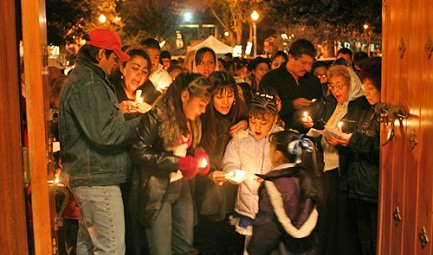
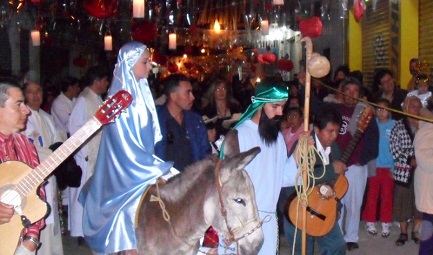
Piñata is a clay pot, which is filled with treats and fruit; usually it is hung with paper so that the pot would be like a star with seven rays. These rays symbolize the seven deadly sins. The first "bag of sweets" appeared in China, Marco Polo brought this tradition to Europe, and then the Spaniards brought it to Mexico. While the Aztecs once had a custom of a kind of bestowing: they broke a clay pot with gifts placed in directly in front of the statue of the deity. Probably for this reason, the piñata settled down in Mexico. Now the guests take turns trying to beat a pot using a stick, often blindfolded, that is a symbol of a boundless faith and a victory over a sin, darkness and an evil in general. All participants of the event start eating together the spilled sweets.
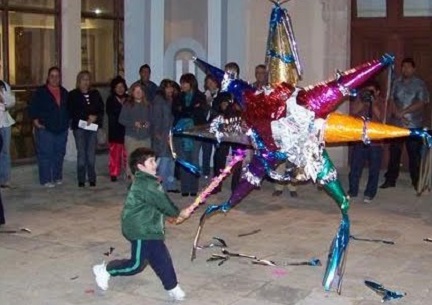
Not only families, but also the entire residential neighborhoods arrange the celebrating of posadas. The festive and colorful procession are made there, the main participants of which are the children playing roles of the Virgin Mary, Joseph, angels, shepherds and the Magi. To the accompaniment of the joyous laughter, chanting, striking with the staffs decorated with bright ribbons in a rhythm, the processions march from the church, stopping near each house, and ask for shelter, until one of the houses (the owners agree that the day before) permits to enter to the travelers. From this moment a fun festival begins, followed by sweets, greetings, as well as treats.
In Mexico, on Christmas the pastorelas (the games of shepherds) are demonstrated. These are the traditional, often improvised, theatrical productions, telling how an angel appeared to the shepherds and brought news of the birth of Christ, and about their journey to Bethlehem, full of hardships and temptations of the devil. Such scenes are played out by professional actors and amateurs.
Mexican Christmas is not complete without a Christmas tree decorates with spheres and garlands. But as not everybody can afford a real pine tree, it is often replaced with an artificial tree – arbolito. And in the streets it's possible to see such Christmas trees:
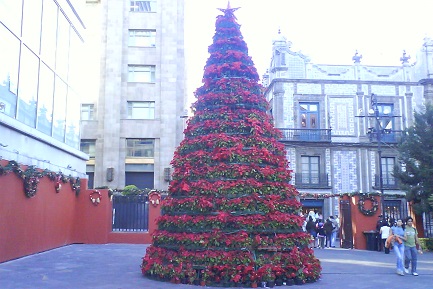
No less interesting Mexican tradition is the nacimiento (translated from Spanish means “birth”), the Mexican version of the nativity scene. Nacimiento is a toy played episodes from the Bible pertaining to Christmas. The houses, churches, shops and even official institutions are decorated with them. Most often nacimiento is a small house with puppets of animals, Mary, her husband and the Magi. The doll of a child, depicting Christ, is put into its place on the night of December 24 to 25. It is believed that the first such Christmas decoration was created by St. Francis of Assisi in the XIII century.
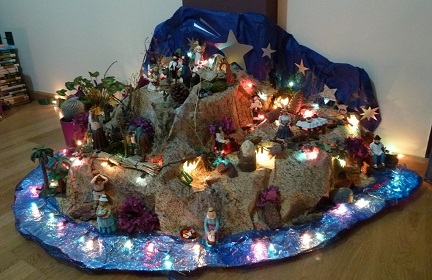
During Christmas Eve, when the last procession of posadas is over, the locals welcome the newborn Christ, performing indigenous dances. It’s interesting, that the Aztecs celebrated the day of the god of Sun named Huitzilopochtli the 24th of December.
On the Christmas Eve evening the Mexicans going home with the closest people to have the festive meal at which the turkey serves as a main dish.
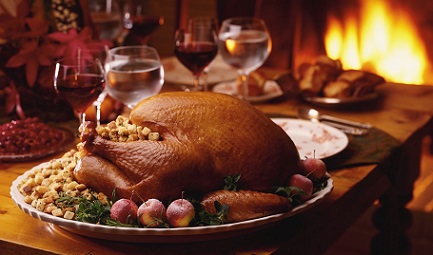
In many families, bacalao a la Vizcaína – the Biscay cod is cooked for the Christmas dinner. The traditional and compulsory drink of Christmas is ponche. This is a peculiar mix of apples, prunes, guava, tamarind and tejocote – the Mexican hawthorn with cinnamon and piloncillo – solid molasses from sugar cane. The sparkling cider is served too. For dessert, Mexicans treat themselves with anise and ginger biscuits, cakes, marzipan and turron – the likeness of nougat.
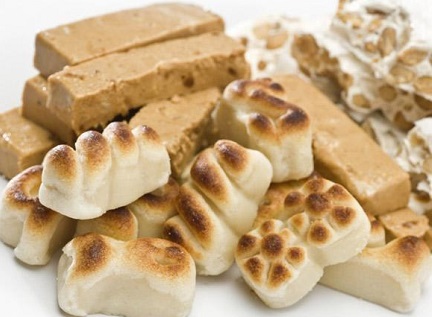

Today Mexico celebrates the Day of Love and Friendship. Accept our sincere congratulations!

On this day all the Peruvians and especially the residents of Lima commemorate the first saint of their land, which became its patroness – the St. Rose of Lima.















